Because augmented reality is still so new to so many people, there are a number of would-be experts opining online, often repeating basic facts anyone with a spare 15 minutes can find on their own. That's why it's important to point out when someone delivers what could be considered the ultimate cheat sheet for ramping up your AR IQ if you're unfamiliar with the finer points of the space.
Today, that honor goes to none other than AR pioneer Ronald Azuma, who delivered a nearly hour-long speech back on Jan. 31 at the 30th annual International Symposium on Electronic Imaging, held in Northern California. In addition to his pioneering work in AR, spanning back a couple of decades when he developed one of the first basic AR headset displays, he's also a lead engineer at Intel Labs.
But instead of using his hard-earned position as an AR expert to dazzle the audience with insider jargon and high-minded concepts, he did something few in the AR space genuinely attempt to do: provide some real answers and direction for the future of AR. Specifically, Azuma focused his attention on the challenges inherent to making AR a truly mainstream computing platform on par with the smartphones of today.
- Don't Miss: Microsoft Enlists Rapper/Actor Common to Push Its HoloLens Future During NBA All-Star Weekend
However, before Azuma delved into his array of answers for AR's future, he first took the audience on a walk through AR history as it has played out over the last couple of decades. This is actually a fairly common part of many AR lectures lately, but it's usually followed by a lot of speculation based on general, and in some cases, superficial reads of the current AR landscape.
Not the case with Azuma.
He avoided the metaphorical poetry of futurecasting and dove right into the practical, outlining a three-tiered menu of options for possible future mainstream AR dynamics: optical see-through (goggles or glasses you wear), video see-through (such as smartphones), and projective (interactive 3D content that's projected directly onto real objects, requiring no equipment from the user).
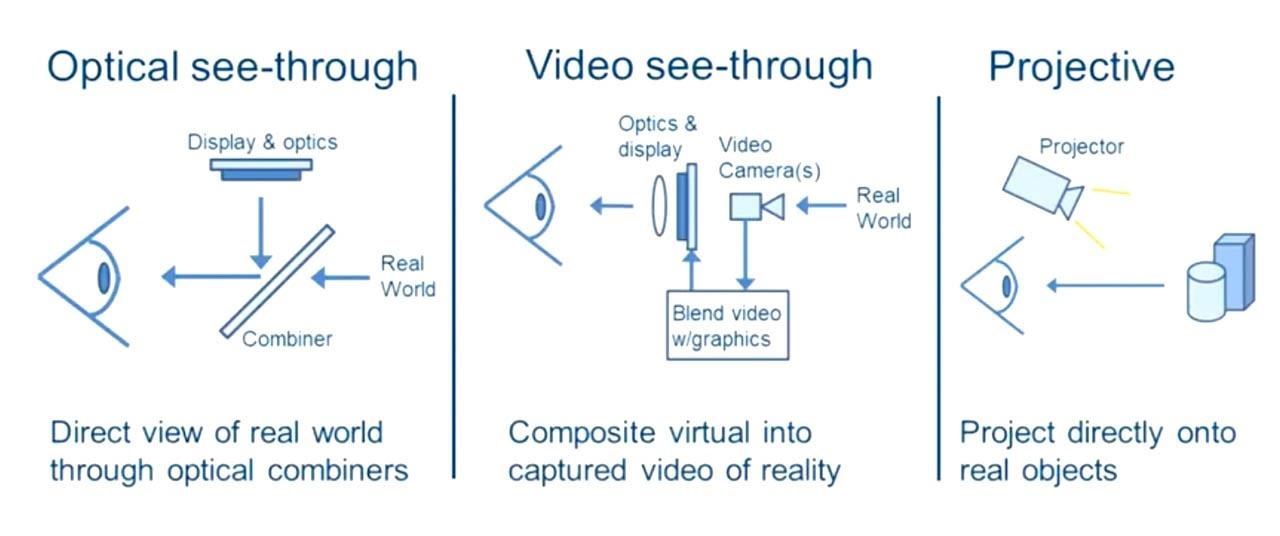
And while methods for scaling AR to the masses is being most energetically attacked via smartphone platforms like a ARKit and ARCore, Azuma believes optical devices such as the HoloLens, the Meta 2, and the Magic Leap One are on the true path toward one day replacing nearly all other computing interfaces.
He seems most excited by the prospect of AR-enabled contact lenses, much like what Netflix's Altered Carbon showed us in recent weeks. But his presentation indicates that a less invasive, external wearable optical device is probably more realistic in terms of wide adoption in the near term.


"There are only three ways that I know of actually pull this [optical AR] off: number one is to just use conventional optics," said Azuma. "This works, but the problem is that as the field of view keeps going up, the optics become much larger and bulkier and the works against the challenge of trying to make these things compact. The second approach that I know is a contact lens-based approach from a company called Innovega, which built this special contact lens.
"You stick it on your eye and it enables you to see some stuff off at distance, at the same time it allows you to focus on something that's right against your eye … There are a lot of system challenges to actually making something like this work well, and maybe only about 30% of the world's population is either able or willing to wear contact lenses, but I think this is a game-changing approach."
Then he references a fascinating demonstration of AR that emerged during the 2014 Siggraph conference. "The third way of doing this is computational displays that combine optics and displays and algorithms," said Azuma.
"The pinlight display out of UNC Chapel Hill, I think, is a real milestone. It was as able to show, in a flat sort of glasses form factor, something that actually gave a very wide field of view. Not with good image quality, but it did achieve a very wide field of view."
So while mobile AR is just finding its legs in the present, it's these optical paths that Azuma believes, based on his many years of research in the field, will take AR to the next level.
At another point in the talk, Azuma pointed out that, like the smartphone before it, niche AR devices will likely help blow open the overall popularity of AR. So rather than viewing various iterations of AR devices — with competing platforms, designs, and standards — as market confusion, we should look at these developments with an eye back to the history of smartphones. Remember, before the iPhone, mobile phone designs were all over the place. But each iterative fragment contributed to the eventual design and interface convergence of our sleek weapons of mobile power now carried in our pockets.
"I want to emphasize the occlusion problem … Conventional optical see-through displays, they can only add light to the real world. They can't block light to the real world, and this causes a problem," said Azuma, highlighting one of AR's trickiest problems related to trying to blend virtual objects with real objects.
"So what you need to do is actually try to block light from the real world, and place it on a pixel by pixel basis. That's why we call this the 'hard edge occlusion problem.' This was done back in the year 2000 by putting an LCD blocker in the optical path.

"The problem with this is that, while it works, you need to have an LCD blocker at another place where the whole scene is in focus. It has to be in focus in two places, and this tends to be a bulky kind of setup. In fact, the most compact version of this I know it was built just last year by Hong Hua's group … it's not quite as compact as you would like."

But it's not just about the tech. As we've mentioned here before, it's also about consumer tastes, something Azuma spent a good deal of time on during his presentation.
"This problem of achieving ubiquitous consumer AR is not just the technical problem. It's also one about what people really going to use this stuff for that's compelling," said Azuma.
"If enterprise and industry usages are the only ones that occur that are viable in the market, then AR is just going to be a niche technology. What we really need to develop are new types of consumer AR uses that aren't just novelties or gimmicks I use maybe once or twice a year. Something that's really compelling and important that we use as often as we use smartphones today. I've actually called this, in the past, the most important challenge facing augmented reality."
Azuma then lays out a strong case for three approaches to AR content and experiences that focus on 1. reinforcing established locations and spaces through AR enhancements, 2. reskinning the real world with completely alternate realities layered on top of existing structures and spaces (think Pokémon GO), and 3. using AR to remember personal and general historical moments in the context of the actual locations where said moments occurred.
He uses everything from science-fiction to his own marriage to make his point that, in order to create our next AR reality, we'll need to throw away old notions of storytelling and information delivery. It's at this point in his speech that I thought most of Magic Leap. Of all the immersive-computing companies, both in AR and VR, Magic Leap seems most focused on the art and craft of storytelling (at least in theory, since we still haven't seen much yet). Azuma's thoughts on content offer a hint that perhaps Magic Leap CEO Rony Abovitz is on the right track by putting more emphasis on experiences as opposed to highlighting the device's technical underpinnings.
If you're in the AR space, or interested in learning what it is and why it's important to the next phase of computing, stop reading now and click play on the video below — this is the AR walkthrough that will either boost your existing excitement or introduce you, gently and accessibly, to a whole new world of computing wonder.
Just updated your iPhone? You'll find new emoji, enhanced security, podcast transcripts, Apple Cash virtual numbers, and other useful features. There are even new additions hidden within Safari. Find out what's new and changed on your iPhone with the iOS 17.4 update.














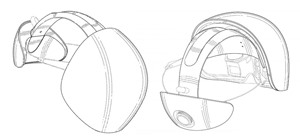
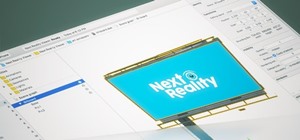

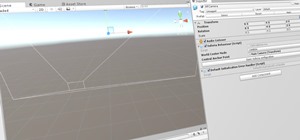
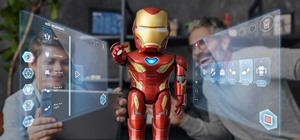
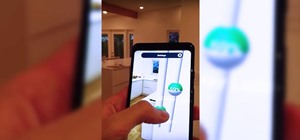
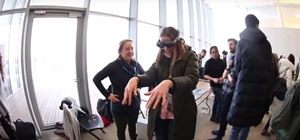

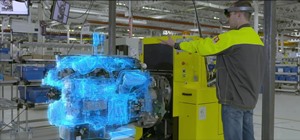
Be the First to Comment
Share Your Thoughts